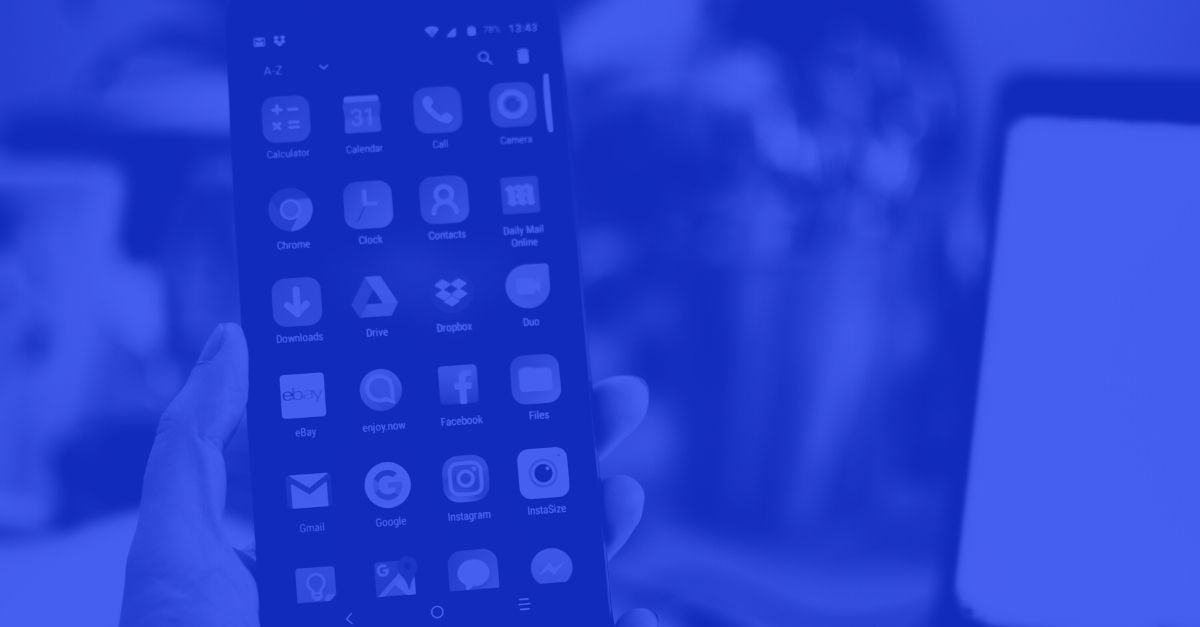Getac is now working closely with selected strategic customers to commercialise new solution based on specific industry applications and requirements.
Getac, a leader in rugged computing solutions, has announced that it is bringing integrated LiFi technology powered by pureLiFi to the rugged market for the first time. The announcement means customers across a wide range of professional sectors will soon be able to enjoy the benefits of fully rugged reliability and innovative LiFi connectivity in a single device, unlocking a host of powerful new applications and use cases.
Previously, users wishing to capitalise on the benefits of LiFi technology had to rely on a USB dongle plugged into the side of their device. This approach is highly vulnerable to even the slightest knock or drop, making it unviable in many working environments, such as those found in the defence, public safety, automotive, energy and manufacturing sectors. With this announcement, users across these sectors will be able to purchase a fully rugged solution with LiFi technology fully integrated into the device. The first Getac device to offer integrated LiFi capability will be the recently launched UX10 fully rugged tablet.
Unlocking powerful new applications across a range of sectors
The combination of rugged reliability and LiFi connectivity unlocks a series of powerful new applications across a range of sectors. These include:
Defence: Inherently secure, fully rugged communications solutions that can be rapidly deployed in the field, thanks to minimal cabling requirements.
Public safety: Lightning fast on-scene data collection and transmission in emergency response scenarios, aided by high quality, low latency LiFi connectivity.
Automotive: Fast, uninterrupteddata downloads for upgrading vehicle firmware in highly physical factory or workshop environments.
Manufacturing and energy: LiFi can help turn old infrastructure into IoT (Internet of Things), aiding digital transformation in areas where there are concerns over RF-based equipment interfering with safety-critical operations.
“At Getac, we work with a huge range of customers across multiple sectors, many of whom have very specific technology requirements and challenges,” says Rick Hwang President of Rugged & Video Solutions Business Group at Getac. “Today’s announcement once again demonstrates our commitment to solving these challenges by combining powerful new technologies such as LiFi with our proven rugged devices, to create industry leading solutions that excel in even the most adverse operational environments.”





